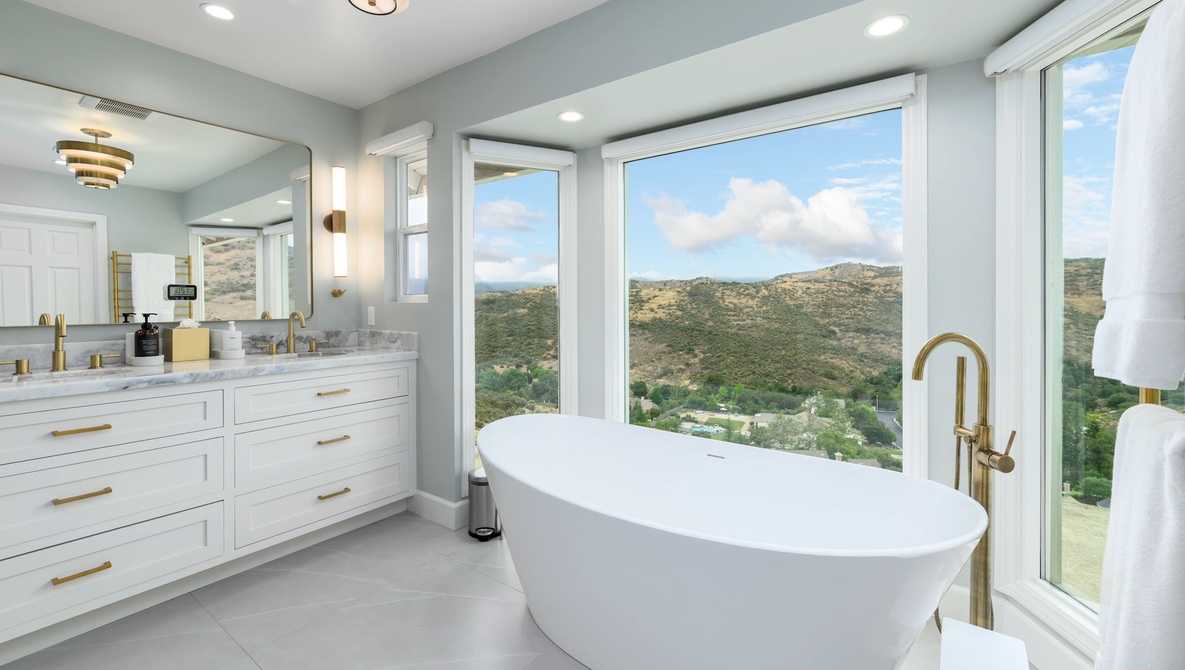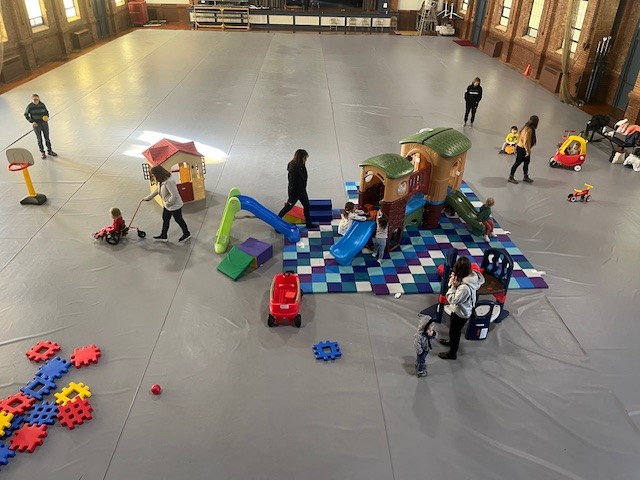UPDATE: New insights from photographer Alex Cooke reveal essential tips to elevate your real estate photography and captivate potential buyers. Just released, this practical video outlines crucial compositional techniques that can fundamentally change how spaces are perceived in photographs.
Why This Matters NOW: As the real estate market becomes increasingly competitive, the ability to visually engage potential buyers is more critical than ever. Cooke emphasizes that strong gear and clever lighting can fall flat if the composition is weak, making this guidance vital for agents and photographers alike.
The video begins with the importance of geometry, highlighting that viewers expect verticals to be straight and cameras to be level. Using a virtual horizon for alignment ensures that the foundations of your shots are solid. Cooke suggests fine-tuning with an 18mm lens for wide shots but warns against distortion that can occur when getting too close.
Next, viewers are introduced to the concept of visual flow. Cooke explains how structural lines can direct attention toward key features, such as a window view or kitchen range hood. This technique not only enhances the aesthetic appeal but also guides the viewer’s eye effectively—an essential skill for making a modest space feel intentional rather than cramped.
The video showcases practical applications of these techniques, using a kitchen as a case study. Cooke argues that leading lines act like arrows, drawing attention to brighter areas that function as visual magnets. While the rule of thirds is mentioned, Cooke stresses that clear flow paths take precedence in creating impactful imagery.
As the tutorial progresses, Cooke introduces angular perspective, which captures two walls and provides a sense of overall space. This method is easier to manage than a single point setup and works well with a wider view, but users are advised to be mindful of distortion when using an 18mm lens.
For tighter spaces, a single point perspective is recommended. This setup requires precise vertical, level, and horizontal alignment, offering a polished look that is particularly advantageous for high-end design clients.
Cooke also covers the innovative use of framing techniques. By shooting through doorways or architectural cutouts, you can hint at features before revealing them in subsequent images. This method may not always appeal to listing agents due to concerns about hiding square footage, but it often resonates well with luxury listings.
To create a cohesive shooting strategy, Cooke advises a psychological flow. Start with an angular perspective to provide context, then introduce discovery with framing shots before anchoring with a single point view. This approach not only communicates order but also enhances perceived sophistication without the need for elaborate lighting or heavy editing.
WHAT TO WATCH FOR NEXT: As real estate photography continues to evolve, these techniques could shift industry standards, making it essential for photographers and agents to adapt quickly. Check out the full video for a comprehensive guide to mastering these essential skills.
In a fast-paced environment like real estate, implementing these strategies can lead to quicker sales and a more engaged clientele. For agents looking to stand out, these insights from Alex Cooke are timely and transformative.






